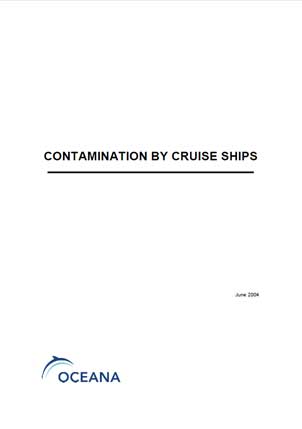Report | May 31, 2010
Contamination by cruise ships
Cruise ship tourism has experienced massive growth in the last thirty years. During these three decades, the number of people opting to spend their vacation on board one of these vessels has multiplied by 25 and so, as a result, have any associated problems.
More than 50 companies control almost 300 cruise ships that carry millions of passengers from one point of the planet to another. Some of the most popular tourist destinations are those which, at the same time, are the most sensitive to environmental disturbance. The Caribbean, Alaska, the Mediterranean, the Nordic fiords and the coasts of many small islands are subjected to visits from these giant vessels. Their natural beauty is the attraction, but also their Achilles heel, as these spots are very vulnerable.
Big cruise liners can carry up to 5,000 people, including a crew of more than 1,000, which makes them genuine floating cities. With lengths that exceed 300 metres and gross tonnage of more than 100,000 GRT, onboard facilities include swimming pools, theatres, cinemas, restaurants, shops, saunas, tennis courts, photo processing shops, laundries, dry cleaning and everything a passenger could possibly require during his stay in his floating hotel. But all these activities generate hundreds of tons of waste of every kind, part of which is thrown into the seas and oceans plied by these ships.
International legislation on the processing and dumping of this waste barely regulates the activities of cruise ships, so tonnes of waste end up in the ocean waters, having hardly been treated.
If we were talking about a coastal resort instead of a cruise ship, national and international treaties, agreements and legislation would be far stricter, making it obligatory for any effluent generated to be specially processed to prevent the dangerous dumping of faecal water, greywater, hydrocarbons, heavy metals and other toxic substances. However, cruise ships can dump all kinds of organic waste and untreated water when they are more than four miles out from the coast.
The growing problem caused by this increase in cruise ship traffic all over the world has led to some countries, particularly the most frequently visited ones, to start introducing new regulations to try and curb their impact. However, legislation is sadly lacking when it comes to international waters.


